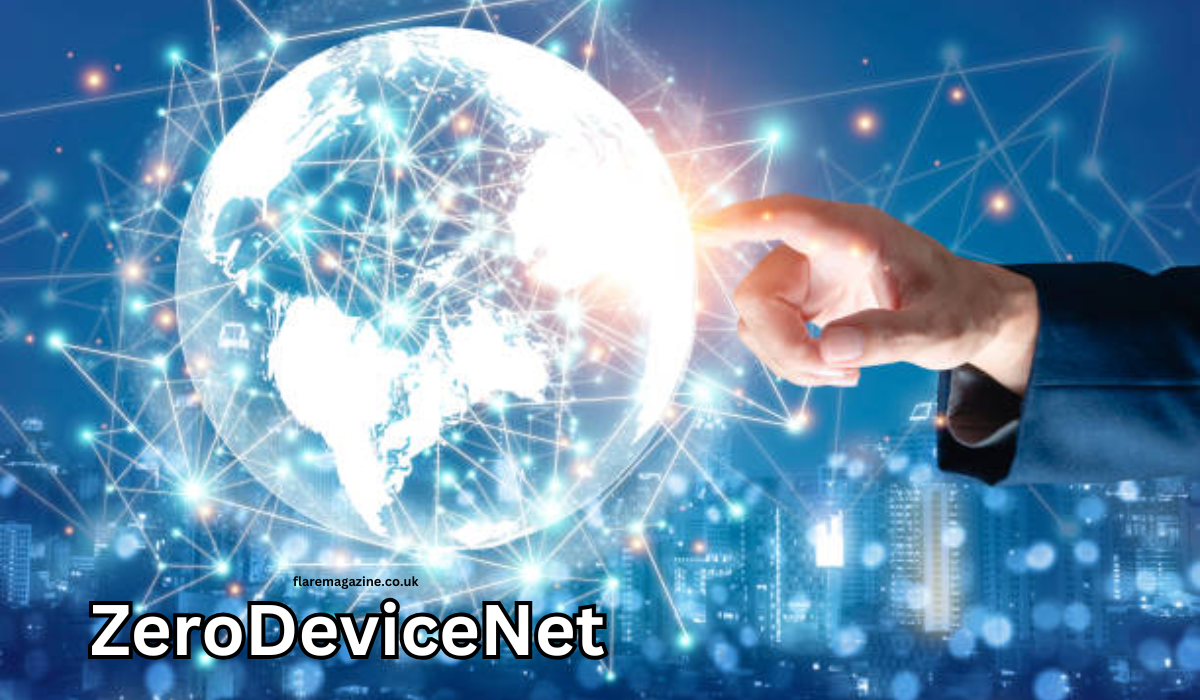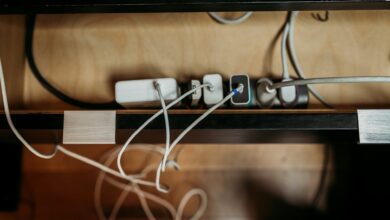Zerodevicenet: The Future of Seamless Connectivity

Introduction: What is Zerodevicenet?
In today’s world of rapid technological advancement, the concept of Zerodevicenet is emerging as a revolutionary approach to how we connect, communicate, and operate in the digital space. Zerodevicenet isn’t just a buzzword—it represents a new era of interaction that minimizes the dependency on physical hardware while maximizing cloud-based intelligence, AI-driven automation, and seamless integration between systems.
At its core, Zerodevicenet refers to a network environment where traditional physical devices (like routers, modems, and even user interfaces) are either eliminated or rendered virtually invisible to the end-user. The idea is to allow users to access services and resources through an intelligent network without having to worry about managing the devices themselves. It’s about creating a device-less experience, where the network becomes the device.
This technology promises not only to simplify our digital lives but also to open doors to more secure, flexible, and accessible networks. As we explore this concept in more detail, you’ll see why Zerodevicenet might just be the next big thing in tech.
The Origins and Evolution of Zerodevicenet
Zerodevicenet is born from the growing need for more user-friendly and automated digital ecosystems. As the Internet of Things (IoT), artificial intelligence, and edge computing have matured, the complexity of managing multiple connected devices has also grown. Zerodevicenet is a direct response to that complexity, offering a streamlined alternative.
In its early stages, the idea was more theoretical than practical. Networking experts and futurists discussed it in think tanks and white papers, envisioning a world where the cloud handled all the heavy lifting and users simply interfaced through a universal, seamless connection. Fast-forward a few years, and the foundations are already here—from serverless computing to virtual desktops, we’re inching closer to the reality of a true Zerodevicenet.
The real kicker? This concept isn’t just for tech giants. Smaller businesses and even individual users are starting to see the value in reducing their hardware footprints and relying on smarter, centralized systems.
How Zerodevicenet Works
Zerodevicenet is built on a foundation of advanced networking principles combined with AI and cloud computing. Here’s how it typically works: instead of requiring multiple dedicated devices to access different services, users connect to a centralized cloud-based hub that manages all operations.
The intelligence in this system comes from AI algorithms that predict user needs, optimize performance, and manage data flow across the network. Because everything is managed in the cloud, there’s no need for physical devices like firewalls or even desktops in some cases. Access is granted through secure authentication protocols and user profiles that carry preferences, permissions, and data.
It sounds complex, but for the end-user, it’s actually quite simple. Imagine logging into your work environment from any screen or terminal and finding your entire digital ecosystem exactly as you left it. No software installations, no device syncing, just instant, personalized access.
Benefits of Embracing Zerodevicenet

The advantages of a Zerodevicenet environment are numerous, particularly when it comes to convenience and security. For starters, the device-less nature of this technology means there’s less hardware to maintain, upgrade, or troubleshoot. That translates to lower operational costs and reduced downtime.
Security is another huge win. Because everything is handled centrally in the cloud, it’s easier to implement and monitor security protocols. Think about it: if there are no physical devices to hack, the attack surface is significantly reduced. Plus, AI can constantly scan for anomalies and threats, responding faster than any human could.
From a business perspective, Zerodevicenet enables scalability like never before. Whether you’re expanding your workforce or launching in a new region, the infrastructure required is minimal. Everything is handled virtually, and new users can be onboarded within minutes.
Challenges and Considerations
As promising as Zerodevicenet sounds, it does come with its own set of challenges. For one, there’s a heavy reliance on a stable and high-speed internet connection. Without it, the whole experience can fall apart, which might not be ideal in regions with limited connectivity.
Another consideration is data privacy. When everything is centralized in the cloud, it’s crucial that data is encrypted and access controls are rock solid. Any vulnerability could have massive consequences, especially in industries like finance or healthcare.
Lastly, there’s the matter of user adaptation. People and organizations are creatures of habit, and transitioning to a completely device-less environment can be daunting. It requires training, trust in the new system, and often a cultural shift in how technology is viewed and used.
The Future Potential of Zerodevicenet
Looking ahead, the potential applications for Zerodevicenet are practically endless. In education, students could access full digital classrooms from anywhere, using just a login. In healthcare, professionals could tap into medical systems from remote locations without lugging around sensitive equipment.
In fact, we might see Zerodevicenet integrate with emerging technologies like augmented reality (AR) and virtual reality (VR), allowing users to interact with data and systems in immersive environments. Imagine walking into a room, putting on a headset, and being instantly connected to your workspace, complete with real-time collaboration tools and instant access to all your files.
And let’s not forget smart cities. With a Zerodevicenet infrastructure, urban planning, traffic management, and public services could all be optimized in real time without the need for bulky equipment or control centers.
Conclusion: Why Zerodevicenet Matters Now
We’re at a pivotal moment in digital evolution. Zerodevicenet represents a shift not just in how we connect, but in how we think about connectivity. It’s about moving away from the clutter and chaos of managing countless devices, and toward a smarter, more intuitive way of interacting with technology.
If implemented thoughtfully, Zerodevicenet could become the backbone of future innovation across industries. It’s not about removing devices entirely, but about making them invisible—a background element to a seamless, user-focused experience. Whether you’re a tech enthusiast, a business leader, or just someone tired of tangled cords and outdated gear, Zerodevicenet is something to keep an eye on.
So, are we ready to ditch our devices? Maybe not entirely. But with Zerodevicenet on the rise, we might not need them as much as we think.



